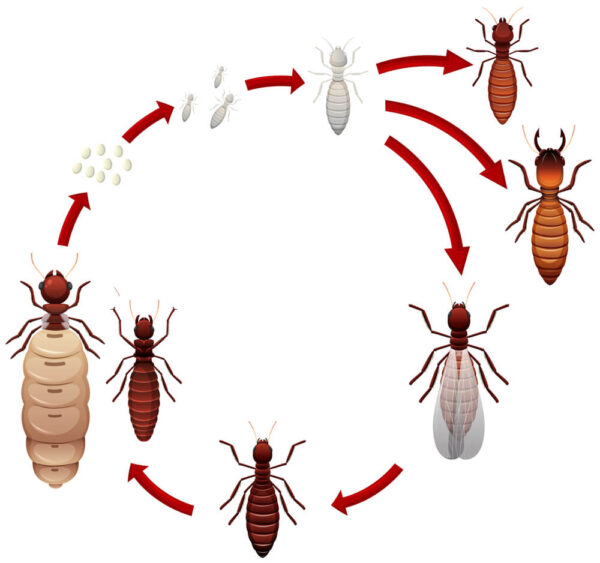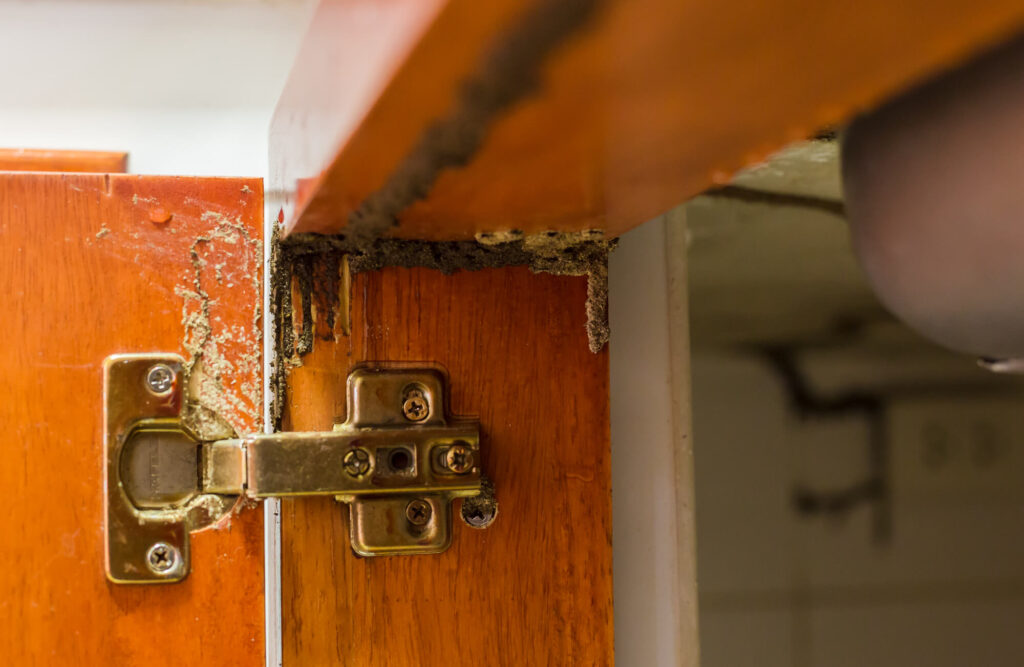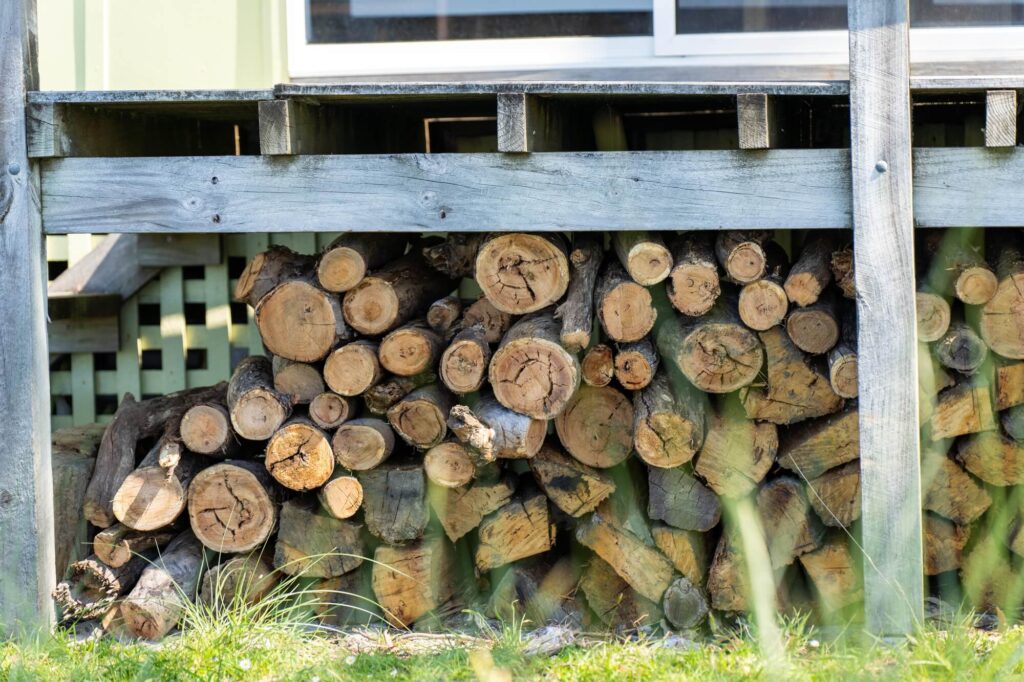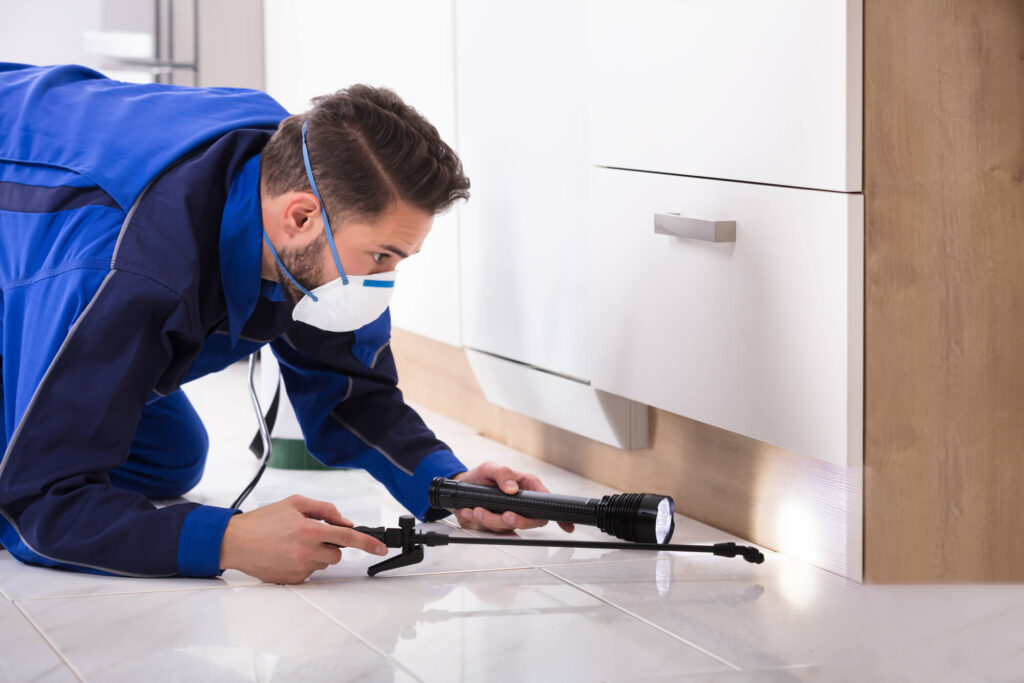Your home is more than just a structure; it’s a sanctuary. Protecting it from potential hazards, including termites, is vital for longevity. Despite their small size, termites can cause extensive damage to your home.
In this article, we’ll discuss why termite protection is so vital, how to identify termites, how to take preventative steps, what treatments are available, how to maintain control over time, and how much it may cost to ignore the problem.
Importance of Termite Protection
Termites are a major danger to homes worldwide, and they’re much more than a nuisance. Their insatiable appetite for wood and other cellulose materials can lead to considerable structural damage if left unchecked. Preventative maintenance is essential for keeping your house in good shape and saving money on repairs.
Termite Damage Potential
Termites have an incredible capacity for destruction. These silent destroyers can damage the structural stability of your home, causing floors, walls, and ceilings to deteriorate or collapse. Termite damage repair may be very costly, therefore avoiding damage in the first place is the best course of action.

Understanding Termites
The Life Cycle Of Termites
Termites develop collectively from infants to adults. By learning their habits and life cycle, homeowners can devise strategies to prevent termites from wreaking havoc in their houses.
Colonies of termites can range in size from a few hundred to over a million members. They develop from eggs to nymphs to adults in a three-stage metamorphosis.
They organise into intricate communities, with various castes responsible for various tasks within the colony. Queens lay eggs, workers care for nymphs and forage for food, specialist soldiers defend the colony, and reproductives take to the air to find new colonies.
Types Of Termites And Their Behaviors
There are different kinds of termites, and each one acts differently. There are three main types of termites: subterranean, drywood, and dampwood.
Drywood termites
Termites called drywood termites eat only dry, undecayed wood, such as those found in dead branches and in the wood of buildings and furniture. They, too, are a dry-climate, above-ground species.
Dampwood termites
Dampwood termites, as the name says, prefer wet conditions. They consume wood that has a high percentage of moisture. When compared to drywood termites and subterranean termites, this species is noticeably larger.
Subterranean termites
Most termite damage is caused by the subterranean variety, which stores its eggs and forages for food in underground nests connected by tunnels. Because they live underground, their massive colonies often go undiscovered for long periods of time.

Early Detection of Termites
Now that you understand the termite life cycle and the most prevalent types, you should know the termite warning signs. Nesting termites can be found in both damp and dry locations, depending on food availability and suitable nesting materials.
Signs Of Termite Infestation
Keep an eye out for these telltale indicators of a termite infestation:
- Spotting mud and navigating mud tunnels
- Chipped paint
- Wood with a hollow sound
- Insect swarms in the open air.
- Doors and windows that are difficult to open
- Visibly ruined wood
How To Conduct A Preliminary Home Inspection
There are a few essential checks you can make on your property to spot potential problems before they escalate.
Watch for the Warning Signs
Look for things like drooping floorboards, peeling paint, and hollow-sounding wood to indicate deterioration. Termites leave behind traces such as mud tubes, shed wings, and frass (termites’ faeces).
Seek Out Moisture Zones
Soggy conditions are perfect for termites. Look for places where there is a lot of moisture, including damp basements or pipes that are leaking. Termites love these places.
Inspect Entry Points
Inspect the foundation, windows, doors, and any wood-to-soil contacts. Sealing off crevices and other openings that could be used by termites is a good strategy.
Professional Backup
No amount of self-inspection is as good as having trained experts take a look. They have the resources and expertise to conduct a more comprehensive evaluation, catching details that others would overlook.
Conducting a complete inspection by yourself involves searching for damage indicators, prioritising moisture-prone areas, and closing off potential entry points. A more thorough assessment can be achieved with the help of outside experts.

Preventative Measures for Homeowners
As the old adage goes, prevention is preferable to treatment, and this is especially true when dealing with termites. Preventative measures against termites are always a good idea because of the extensive damage they may inflict.
A homeowner can take a number of measures to safeguard their home and family from termites. Here are some proactive steps that can deter termite infestations:
Schedule Regular Inspections
Having frequent inspections is the best defence against termites. If you have a licenced professional evaluate your home on a regular basis, you can catch problems before they cause major damage and require expensive repairs.
Always Keep A Close Eye On Your Wood And Other Stored Goods.
Termites enjoy wood and wood products including paper, cardboard, and mulch. Termites will be attracted to these objects if they are kept close to your house. Wood and wood products should be kept in a separate location from your home and, ideally, off the ground. Regularly inspect any stored wood for evidence of termite activity, such as tunnels or mud tubes.
Take Away Food Their Sources
Termites require a steady supply of nutrients, heat, and moisture to survive. You can prevent them from reproducing by cutting off their food supply.
You should remove any stored wood as far away from your house as you can. This necessitates a cleanup of any nearby branches, firewood, stumps of trees, leaves, or rubbish.
Check Your Lawn Often.
Termite activity can originate in your yard, so keep a watch on it. Check for mud tubes or shed wings to indicate termite infestation. Get in touch with a pest treatment service ASAP if you discover evidence of termite infestation.
Don’t Do Any Landscaping Near Your House
A well-kept garden will increase the value of your home, but it may also tempt pests like termites. Termites have an easy time finding their way into your house if it is surrounded by trees, bushes, or other vegetation. Keep the plants clipped and create a buffer area of at least 2 feet between your residence and any foliage.
Keeping Out Water And Moisture
Termites are a major cause of property damage, and moisture is a major attractant for them. Termites are always more active in an area that has sustained water damage because it serves as an attractant. Termite infestations can be avoided if water leaks from sources including faucets, shower heads, and toilets are promptly addressed.
Overflow pipes from water heaters and air conditioners can also contribute to condensation and mould growth. Most of the time, the overflow pipe or draining outlet is placed against the side of the house, which makes water pool at the wall’s edge. Once again, this is a major invitation to termites, who will almost certainly invade your home as a result.
Here’s what you can do:
- Fix any running water fixtures immediately, including faucets, shower heads, and commodes.
- Make sure the drip tubes for the air conditioner are not leaking near the property line. Put in a drain or make sure the water flows away from the house.
- Check for leaks in the hot water supply at the base of walls. Put in a drain or find another means to get the water off the land.
- If there is any moisture inside the house, check it out right away.
- It’s also a good idea to check the condition of your roof and gutters before a heavy or prolonged rainstorm.
Seal the Gaps Around Your House
Once you find the place where the termites are coming in, you will probably notice cracks. The intruders used the crevices as entry points into your house. Fill them up, and then start working on the area around them.
Termiticide poison can be used in these regions if necessary. However, spraying the known entry locations is the most effective strategy. Termites won’t survive long enough to dig new tunnels if this is applied.
Additional Measures To Protect Your Home Or Business From Termites
- Maintain clean gutters;
- Don’t let mulch, trash, or firewood pile up against the house;
- Reduce the height of any bushes, trees, or other overgrown plants that are close to the house;
- Clear the yard of any dead trees;
- Stop condensation from forming by fixing dripping fixtures and pipes;
- Wood, cardboard, and paper should not be left lying around;
- Garden beds shouldn’t be stacked against the house, and wood shouldn’t be left around the yard.

Termite Treatment Options—Natural vs. Chemical Treatments
Homeowners can choose between natural and chemical treatments:
Chemical treatments
Most people agree that chemical treatments are one of the best ways to get rid of termites. The use of chemicals engineered to eliminate termites and discourage future infestations is at the heart of these treatments.
The chemicals are often put to the ground near the structure’s footing or injected into the affected areas. If you want to get rid of termites and keep them from coming back, this is the best way to do it.
Chemical treatments should only be performed by trained experts who understand how to use the chemicals properly and safely.
For the sake of human and environmental safety, it is also essential to use chemical treatments in accordance with all applicable regulations and recommendations.
Natural remedies
There are many methods for dealing with termite infestations, including some eco-friendly, natural solutions.
Orange oil, which contains a chemical toxic to termites, is a good option for people looking for a greener alternative. Additionally, neem oil works as an excellent natural cure, limiting termites’ capability to shed their outer shells and breed.
Another natural remedy for termites that is effective and safe for both people and animals to use is boric acid. Avoiding toxic chemicals, these natural solutions provide an effective means of controlling termites.
When to Call in the Professionals
Severe infestations or recurrent problems may necessitate professional intervention. Certified pest control experts employ specialised techniques and tools for thorough termite eradication.
Long-Term Termite Control
Maintenance Routines
Termites can be avoided by keeping up with routine maintenance like fixing leaks, keeping the windows and doors open, and keeping the humidity levels in the house low.
Regular Inspections and Follow-Ups
Regular inspections, preferably by experts once a year, allow for the rapid identification and elimination of any pest problems that may arise.
The Cost of Neglect
The costs of dealing with the damage caused by termites if precautions aren’t taken. When fixing termite damage, it may be necessary to completely rebuild the affected area.
Conclusion
Preventative steps and expert inspections are crucial for protecting your house from termites. Understanding termite behaviour, implementing preventative techniques, evaluating treatment choices, and committing to long-term control measures may ensure your home remains a fortress against these deadly pests.
